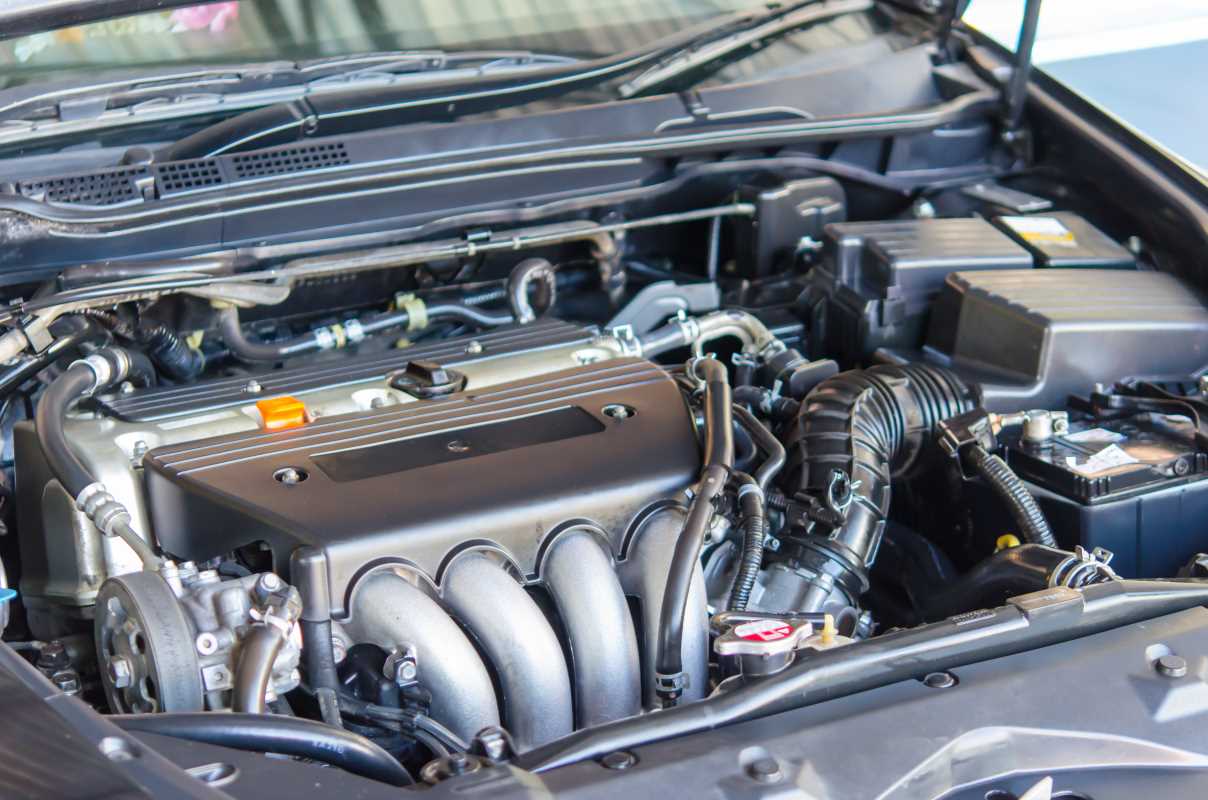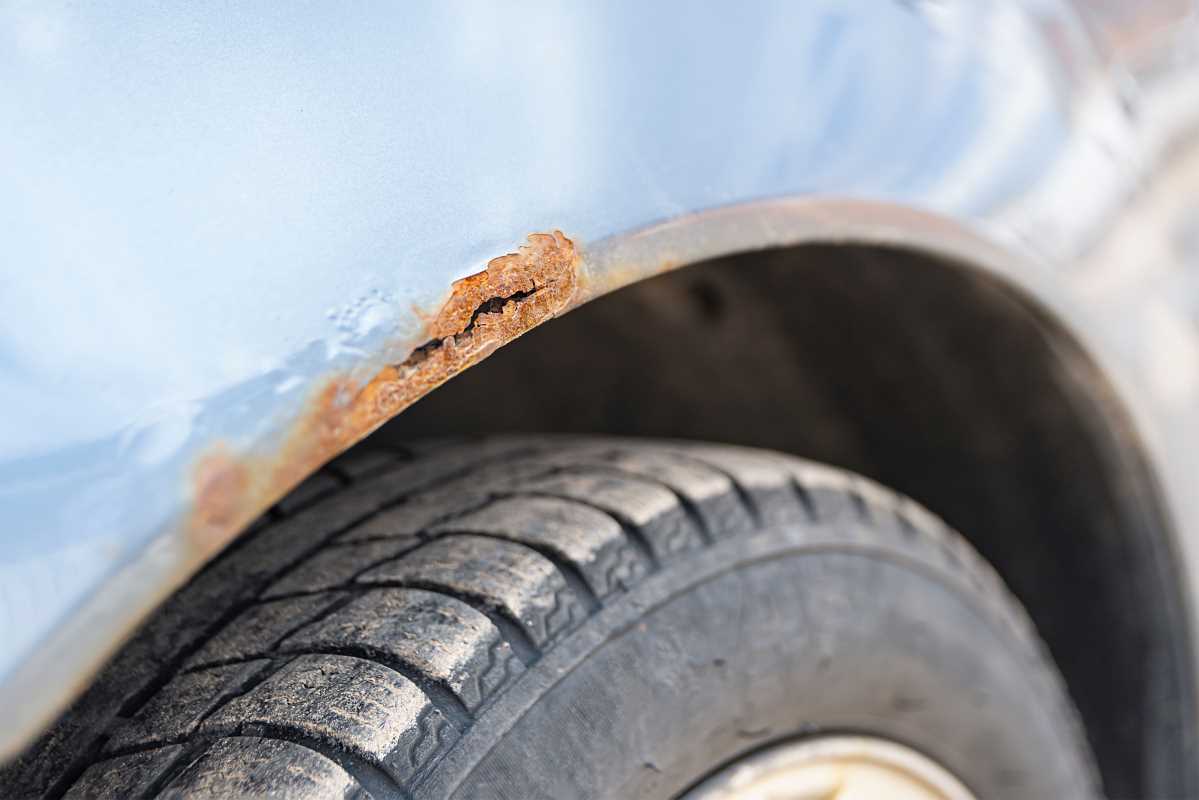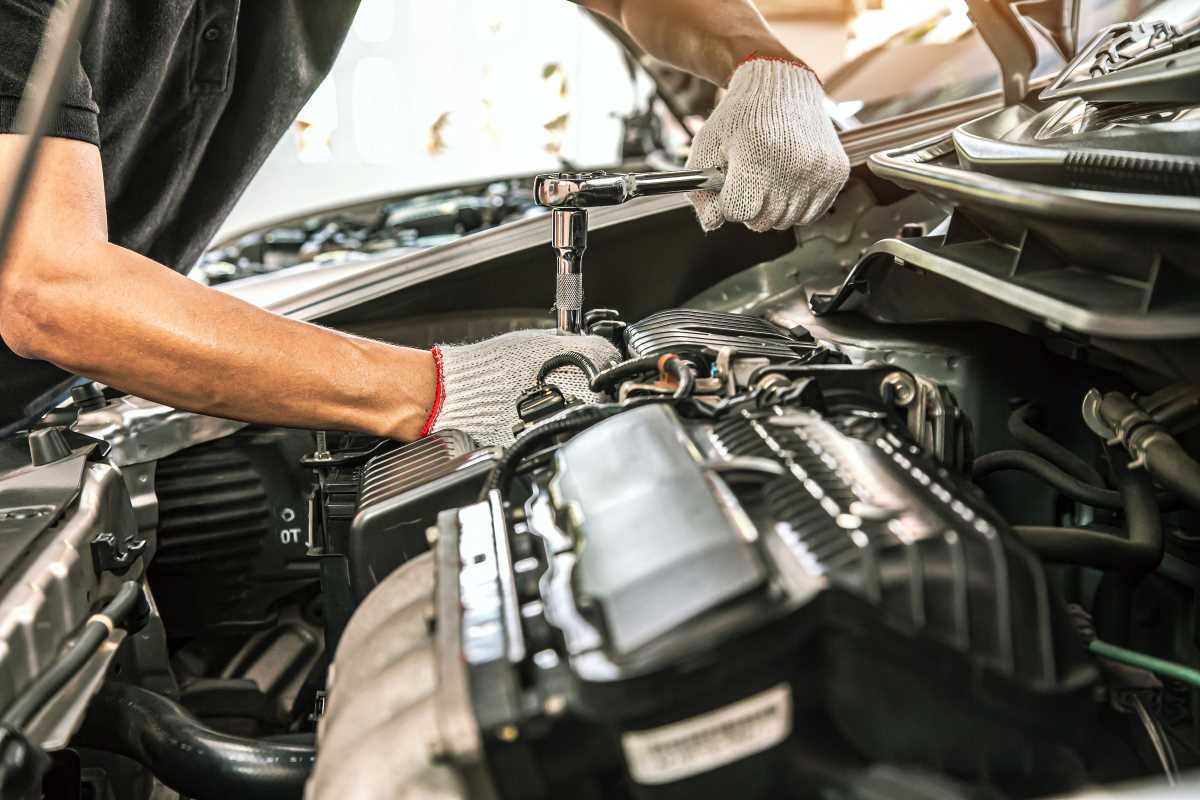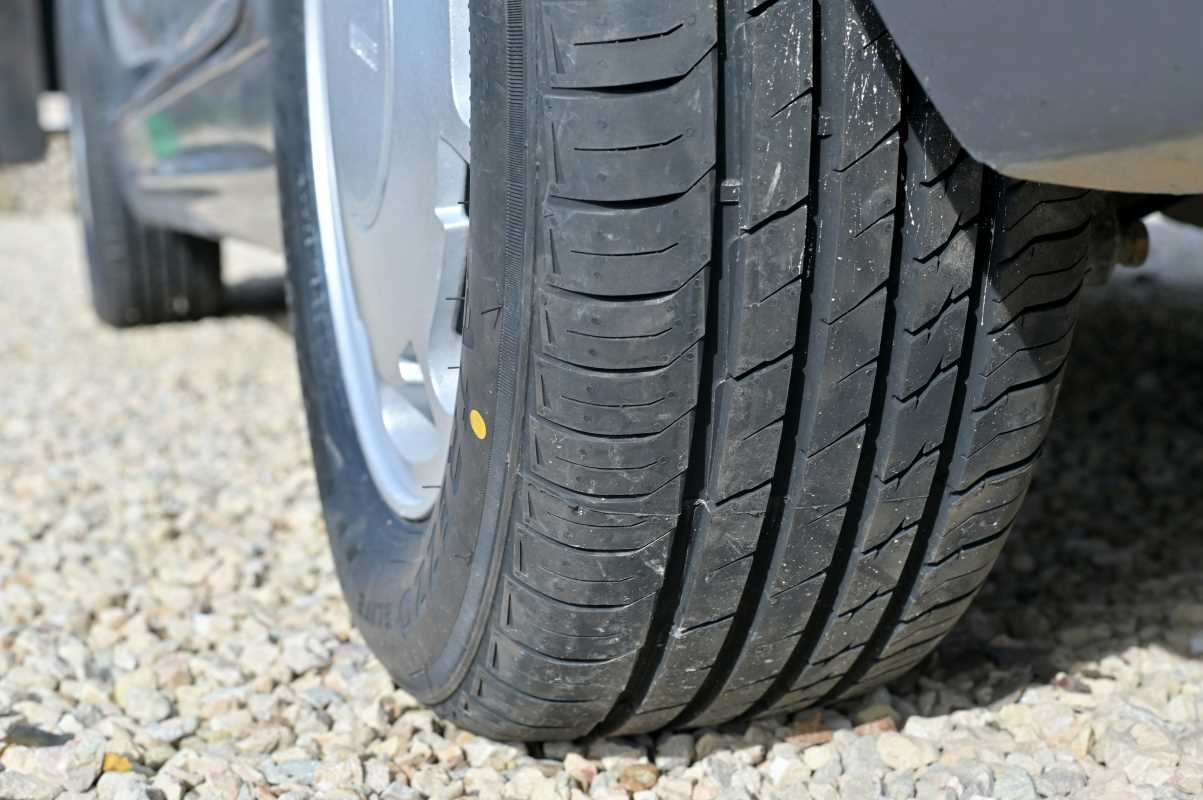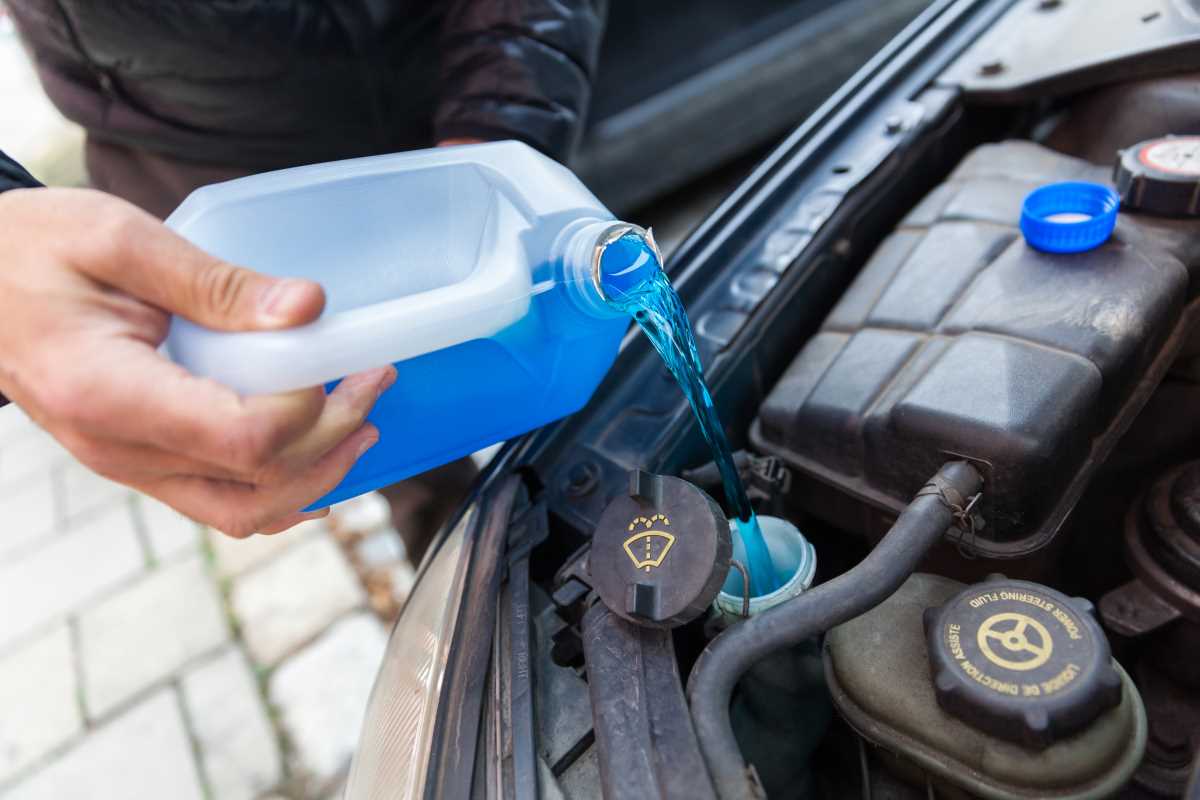Keeping the tires at the right pressure is essential for safe driving, saving money on fuel, and making sure your vehicle performs as it should. Tires that don't have enough air can make your car handle poorly, lower your miles per gallon, and even raise the risk of a blowout. That’s why having a system that checks your tire pressure for you is so helpful. These handy devices keep an eye on each tire and let you know as soon as something’s off. Below, you’ll find a full overview of monitoring options, a breakdown of how different systems operate, and tips on choosing the right setup for your needs. We’ll walk through both direct and indirect systems, what’s available for older vehicles, and which features are most useful for your daily life.
What Is a Tire Pressure Monitoring System?
A pressure monitoring system for your wheels is a piece of electronic tech that keeps tabs on how much air is in your tires. Since 2007, every new car, light truck, and SUV sold in the US comes standard with this part, thanks to federal law. Its main job? Warning you with a dashboard light if one or more tires drop below a safe level.
This alert gives you a clear safety benefit. Driving on low tires can seriously affect control and braking, and it wears out the rubber faster. By catching these drops early, these systems help prevent bigger problems out on the road.
Two types of technology are used: direct and indirect. Each has a different way of checking tire pressure, so knowing what you have (or want) makes all the difference, especially if you’re shopping for an add-on kit.
Direct Monitoring: The Precise Method
Direct monitoring systems use sensors located inside each tire. Usually, the sensor is built into the valve stem or attached to the wheel itself. Powered by a battery, these sensors measure the pressure (and sometimes the temperature) inside the tire.
The data is sent wirelessly to a computer in your car. You might see each tire’s air pressure on the dash, or just a warning light if something’s wrong.
What Sets Direct Systems Apart
- Accurate Readings: These sensors track the exact amount of air in each tire and instantly alert you to any changes. Many vehicles display precise numbers, not just a general warning.
- Quick Response: A direct sensor picks up pressure changes very fast. Both gradual leaks and sudden losses get flagged immediately.
- Covers the Spare Tire: Some versions keep tabs on the spare, too, so you aren’t left stranded with a flat backup.
The catch? There is a bit of maintenance. When a sensor’s battery dies, which can last five to ten years, you have to replace the sensor and dismount the tire to do so. Sensors are also sometimes damaged during a tire change if the shop isn’t careful.
Indirect Monitoring: The Simple, Smart Way
Instead of physical sensors in the wheel, indirect systems rely on information already collected for another reason: your car’s ABS (Antilock Braking System) sensors. The setup compares how fast the tires are spinning.
Here’s the trick: a tire that has less air is ever-so-slightly smaller in diameter. That means it spins a bit faster than fully inflated ones. The car’s computer picks up on these subtle differences, and if anything looks off, it flashes a warning light.
Indirect System Highlights
- Minimal Maintenance: With no sensors to swap or batteries to replace, these systems are usually cheaper and simpler after the initial install.
- Uses What’s There: They work with the car’s existing electronics, making the setup more straightforward and reliable.
- Remember to Reset: When you adjust or rotate your tires, you’ll need to push a button or use an on-screen menu to recalibrate the system.
The drawback with indirect options? They can’t tell you exactly which tire is losing pressure, or by how much. It’s just a general alert. Detection might also be slower, sometimes missing slow leaks or simultaneous drops across all four tires.
Upgrading with Aftermarket Kits
Older rides (made before 2008) or models that came without built-in sensors can still get the benefits of tire monitoring without major hassle. Aftermarket kits are widely available, affordable, and pretty easy to set up yourself. Most of these use direct measurement since that tech is more straightforward to add on.
There are two main kinds of add-on sensors:
1. External Sensors
External kits are the most user-friendly and quick to install. These include small units that replace the valve caps on your tires.
- Install in Minutes: Twist the new caps onto the valves yourself. No special tools are required.
- Display Options: The sensors link to a tiny monitor on your dash or plug into the car’s power port. Some are solar-powered, freeing up the outlet.
- Custom Alerts: Many let you adjust warning levels for high and low pressure, and some may also include heat alerts for added safety.
Bear in mind, these caps are visible, so there’s a slim chance they could be stolen or damaged. The batteries are typically easy to replace but may need a special tool right out of the kit.
2. Internal Sensors
If you’re seeking a solution that looks factory-installed, go with internal units. These get mounted inside the tire itself, similar to what the car manufacturers use.
- Professional Install Needed: You’ll need a tire shop to put these in, since the tire has to come off the rim.
- Works with a Display Screen: Like external units, they send info to a small dashboard display.
- Protected Placement: Since they’re inside the tire, they’re safe from weather, theft, and road debris.
These might cost a bit more since you’ll pay for installation, but the durability and seamless look often make it worthwhile for many drivers.
Picking the Monitoring Setup That Works for You
Finding the right tire pressure monitor comes down to your car, driving habits, and your own preferences.
- Check Your Vehicle First: Look in your owner’s manual or do a quick dash-light check. This reveals what system you already have and how it operates, helping you plan out any upgrades.
- Upgrade Options for Old Cars: If you’re enhancing an older car, a trailer, or anything lacking built-in sensors, aftermarket direct kits are your best bet.
- External sensors are quick to add, affordable, and great for anyone who wants instant improvement with little hassle.
- Internal sensor kits offer factory-style looks and more durability, which could be worth the extra installation step.
- Ease of Reading: Look for displays that show all your tires at once, so there’s no confusion. Solar options can save your car’s outlet for other uses.
- Consider Added Extras: Some kits monitor temperature (a feature that helps catch overheating). Others include alarms you can tweak for custom wheels. Look for the features that match your routine.
Investing in a tool that tracks your tire air levels is one of the easiest ways to increase safety and protect the value of your ride. By staying up to date on tire health, you help prevent wear, avoid costly repairs, and keep passengers safer on the journey.
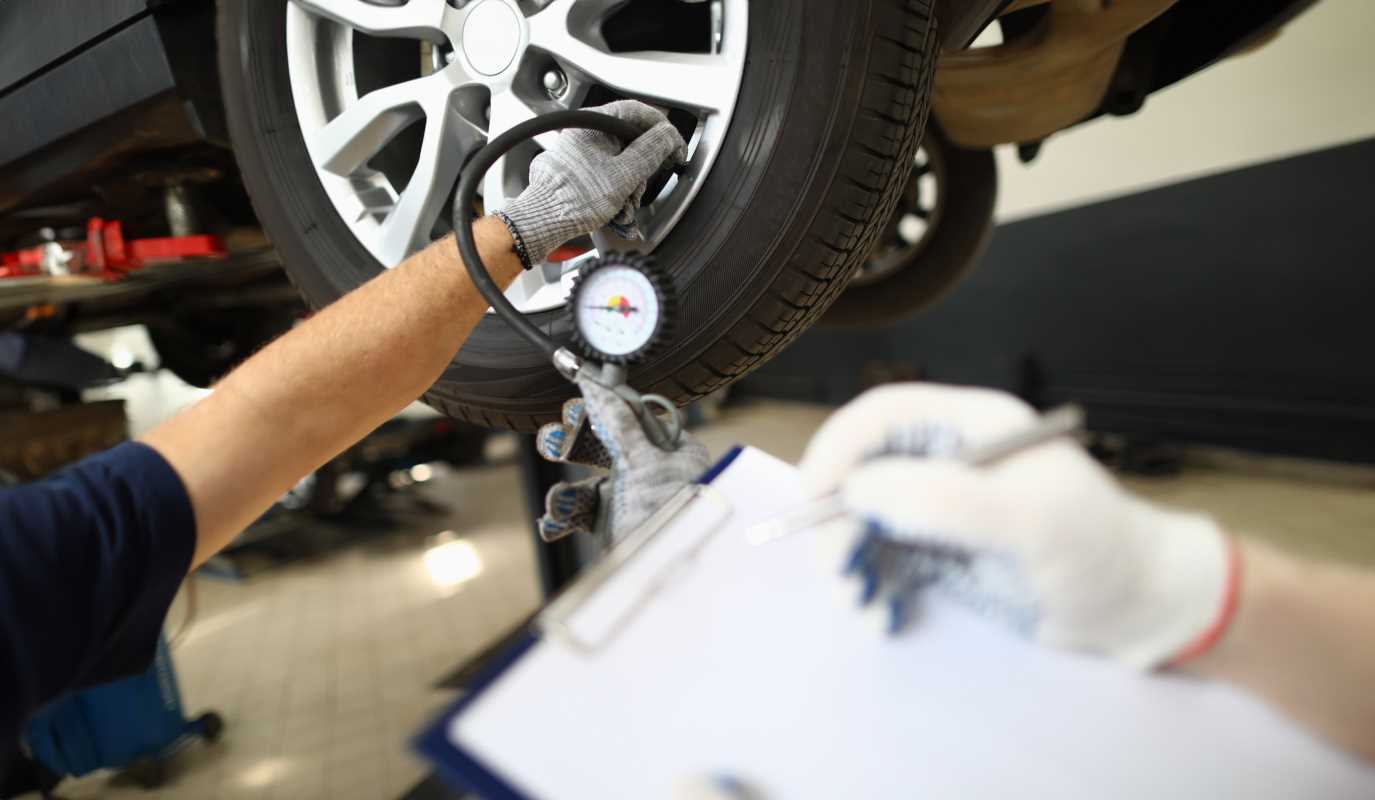 (Image via
(Image via